This Just In: Jason Munn
Jason Munn’s minimalist gig posters capture a conceptual duality, inviting music fans to take a closer look.
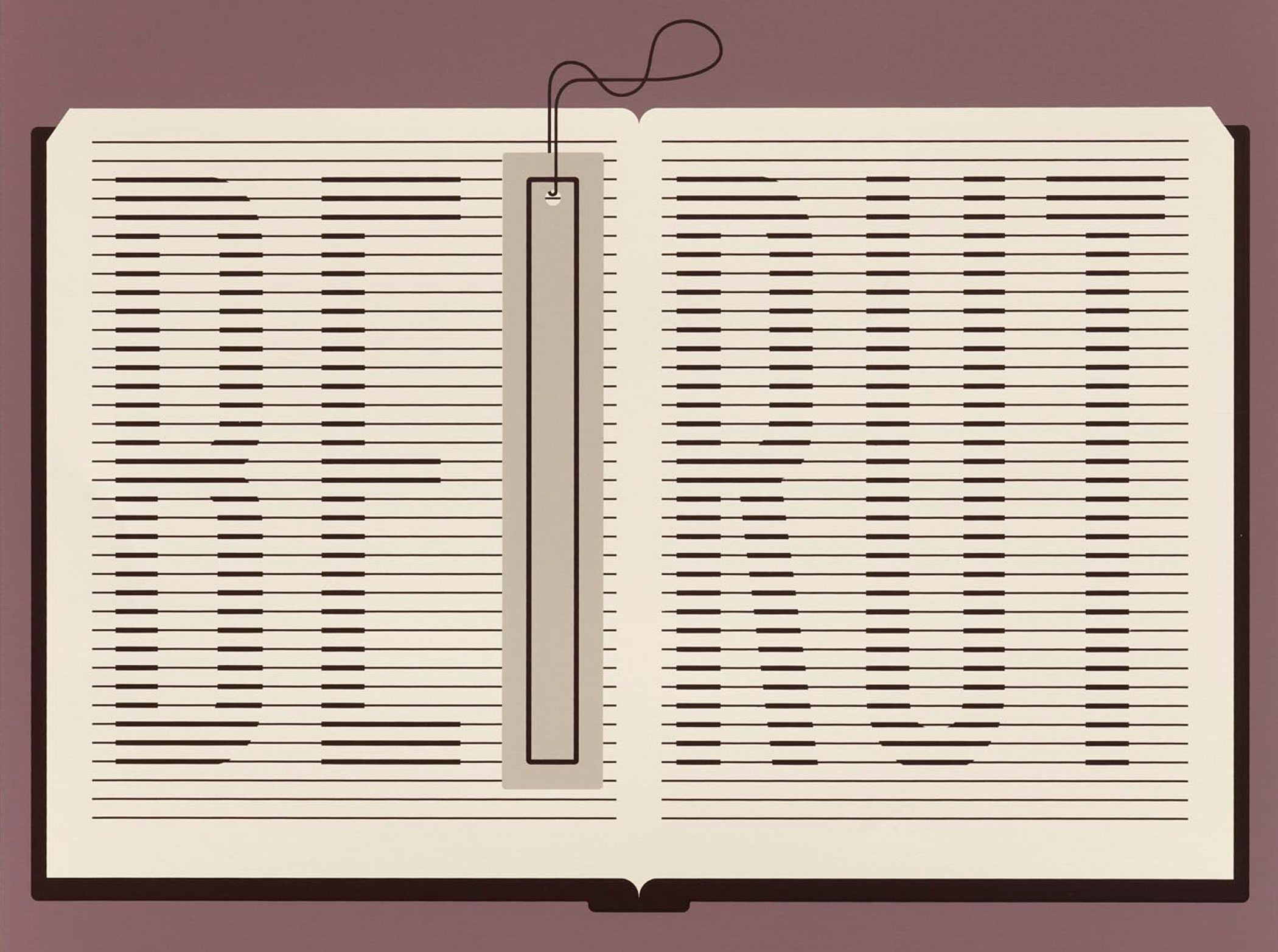

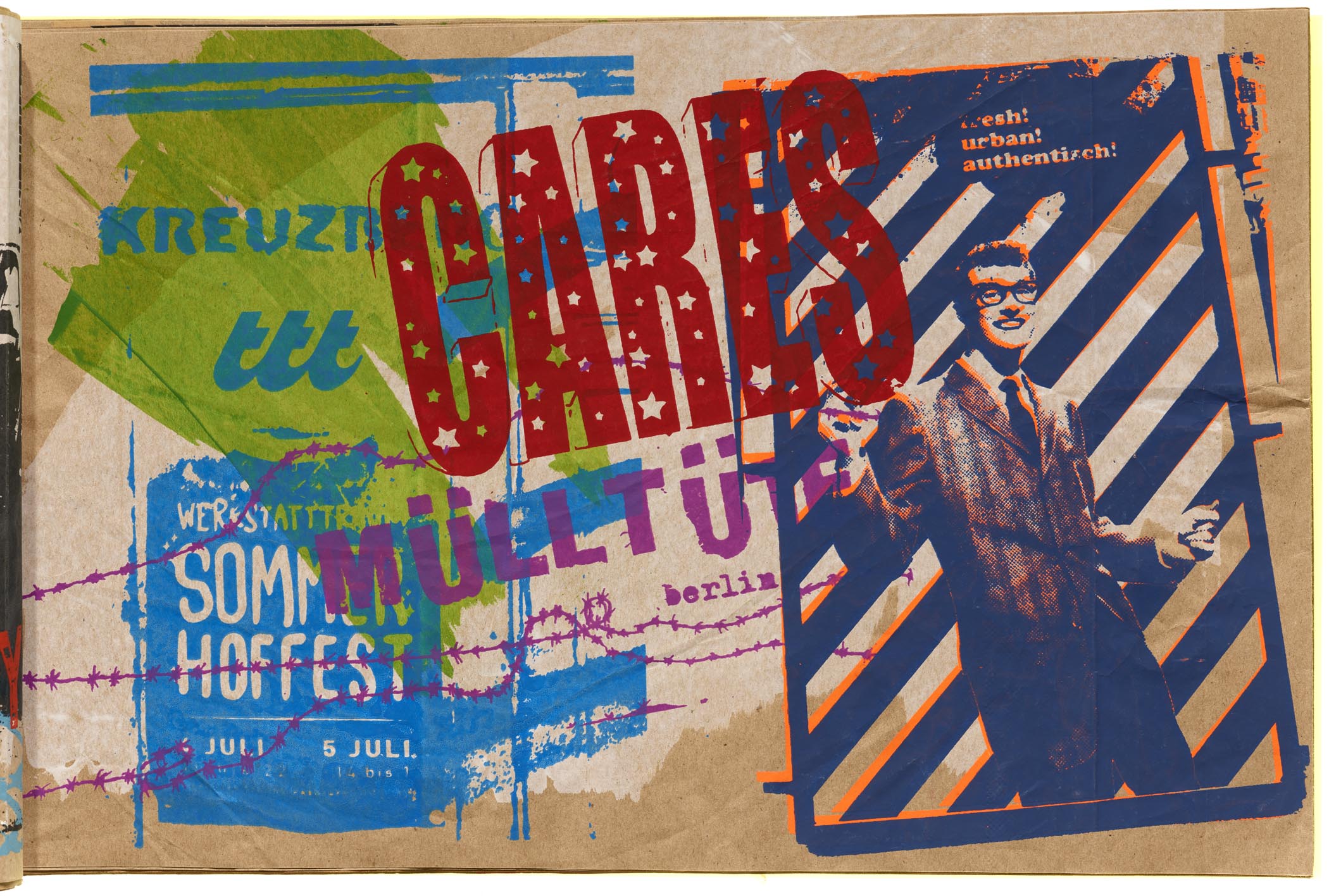
Artists’ books, simply put, are works of art created in the form of a book. Letterform Archive shows work from our artists’ book collection in every tour we lead. We like to think of each as a complete thought — a thoroughly considered work from start to finish. The materials used to create the book and how the reader interacts with it are equally as important as the images or text the reader sees.
We’re delighted to have several works by Redfoxpress in our artists’ book collection. Originally founded in Luxembourg in 2000 by Francis Van Maele, Redfoxpress is now located on Achill Island (Ireland) and has been co-run by duo Francis Van Maele and Antic-Ham — or Franticham — since 2005. They are creators of screen prints, photographs, stationary, zines, and especially artist books. Redfoxpress participates in book fairs all around the world, including the Bay Area’s very own Codex, which is where we first learned of their work in 2013.
We are honored to hold over 100 issues of The Black Panther, instrument for social justice and vehicle for the revolutionary art of Emory Douglas.
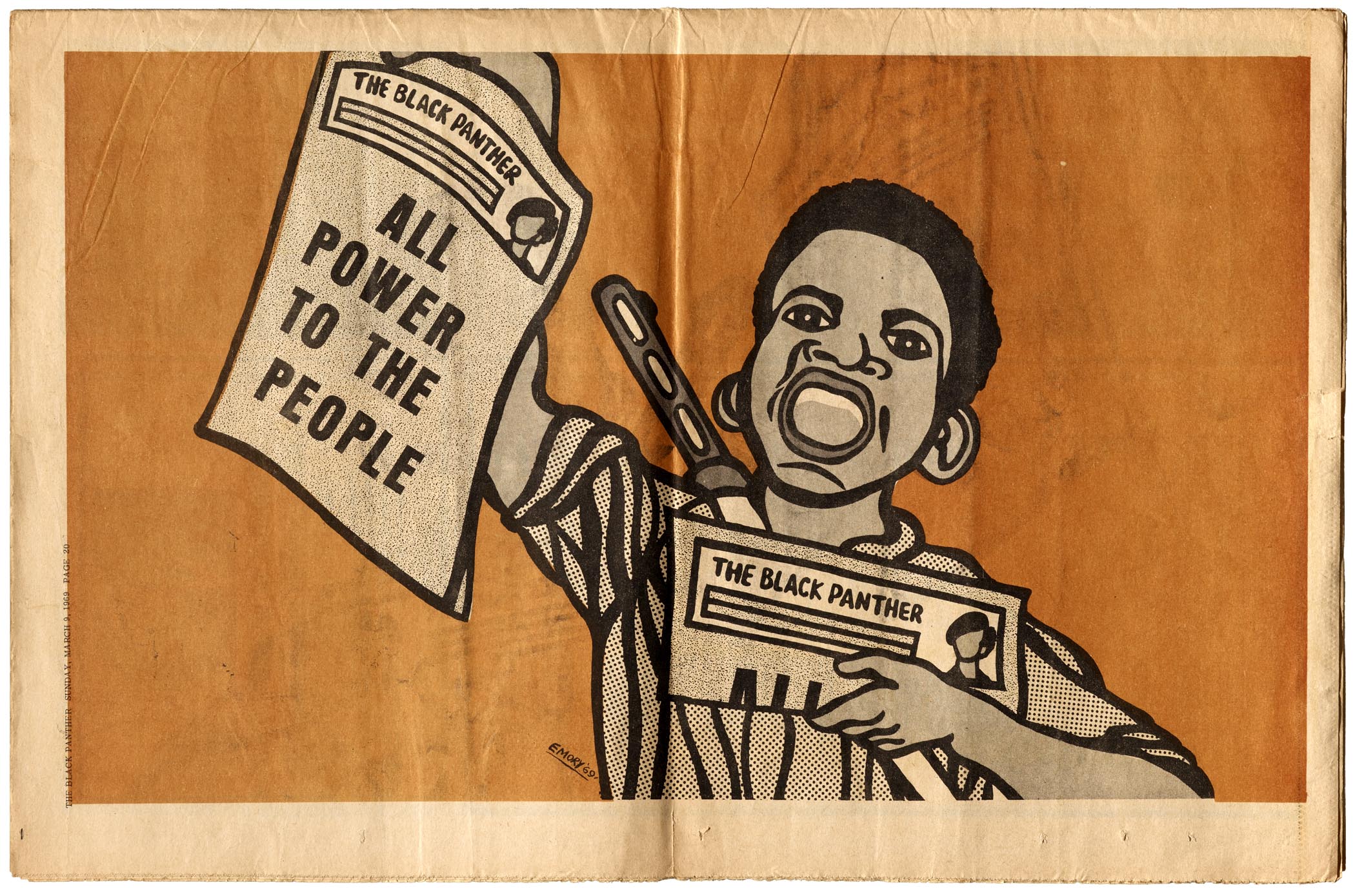
A generous donation from Elaine Lustig Cohen’s estate significantly enhances Letterform Archive’s mid-century modern holdings.
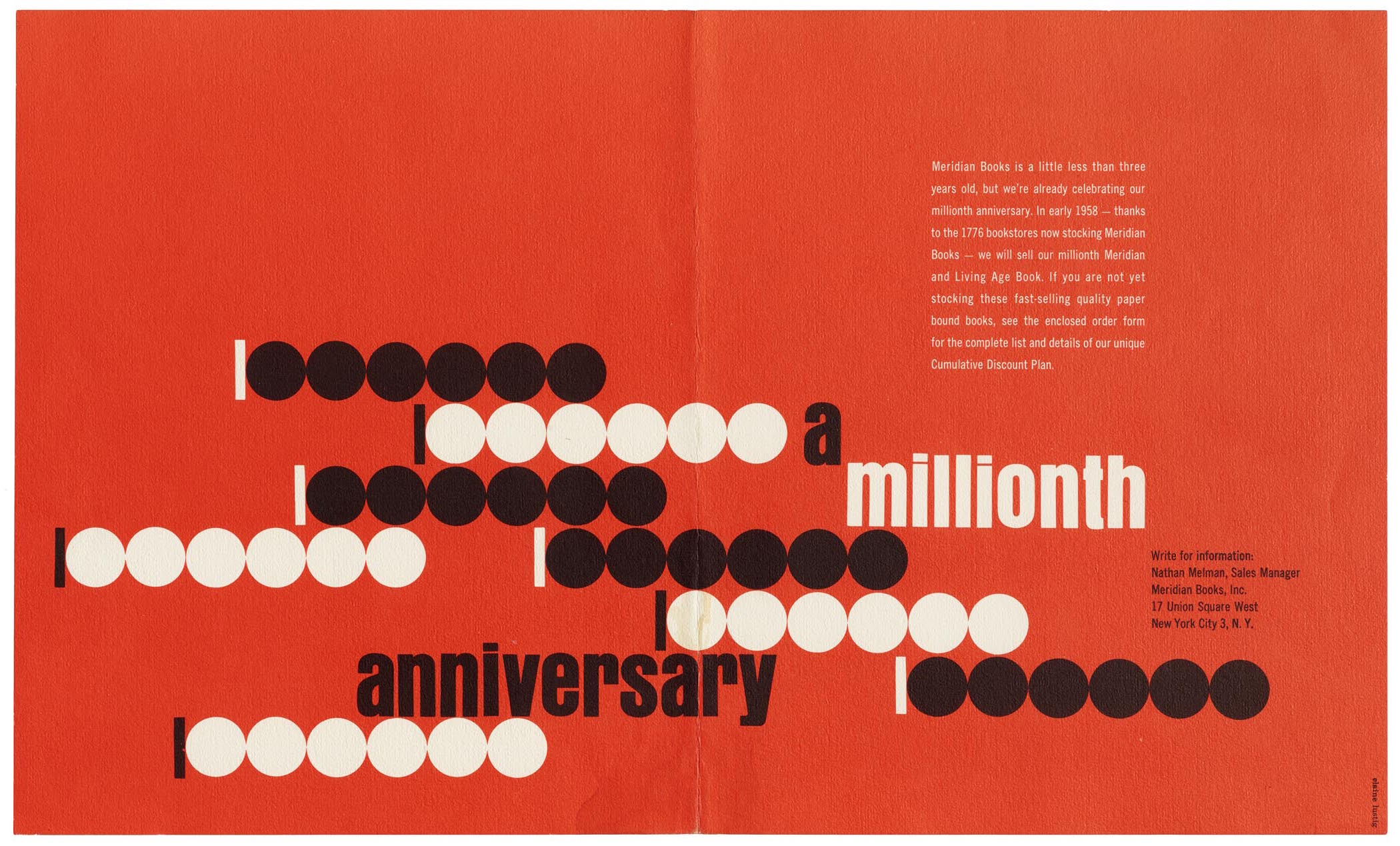
Once threatened by dispersal, over 60,000 letter templates from the British Linotype company now have a home at Letterform Archive.
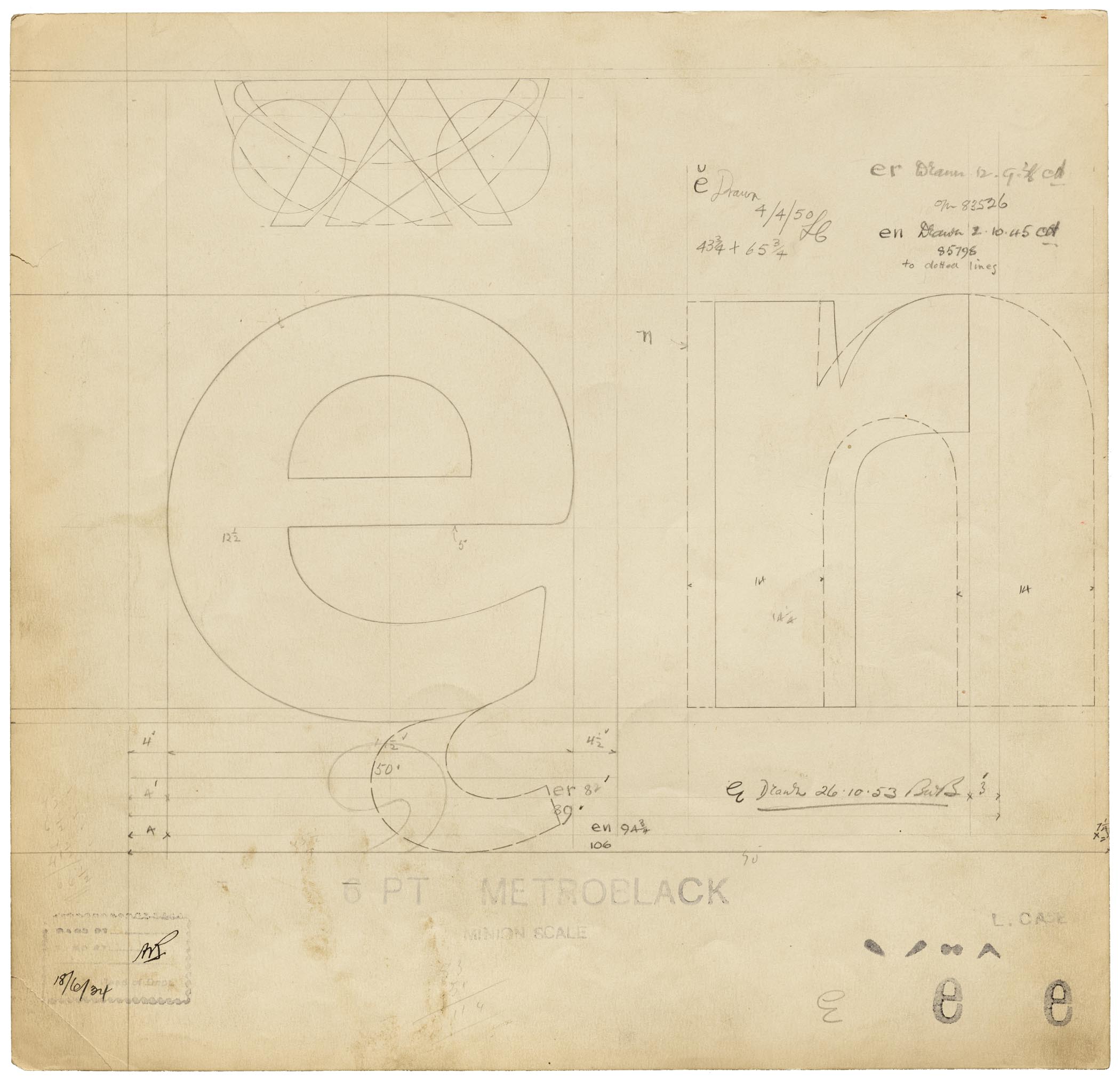
In early April 2017, dozens of boxes arrived at the Archive. Each was packed with hundreds of folders containing thousands of large cards. And on each card, a pencil drawing of a single letter outline, annotated with measurements, character information, dates, and a draftperson’s signature.
Uncommon gems from Letterform Archive’s type specimen collection will be on sale at the Typographics Book Fair, June 17–18 in New York.
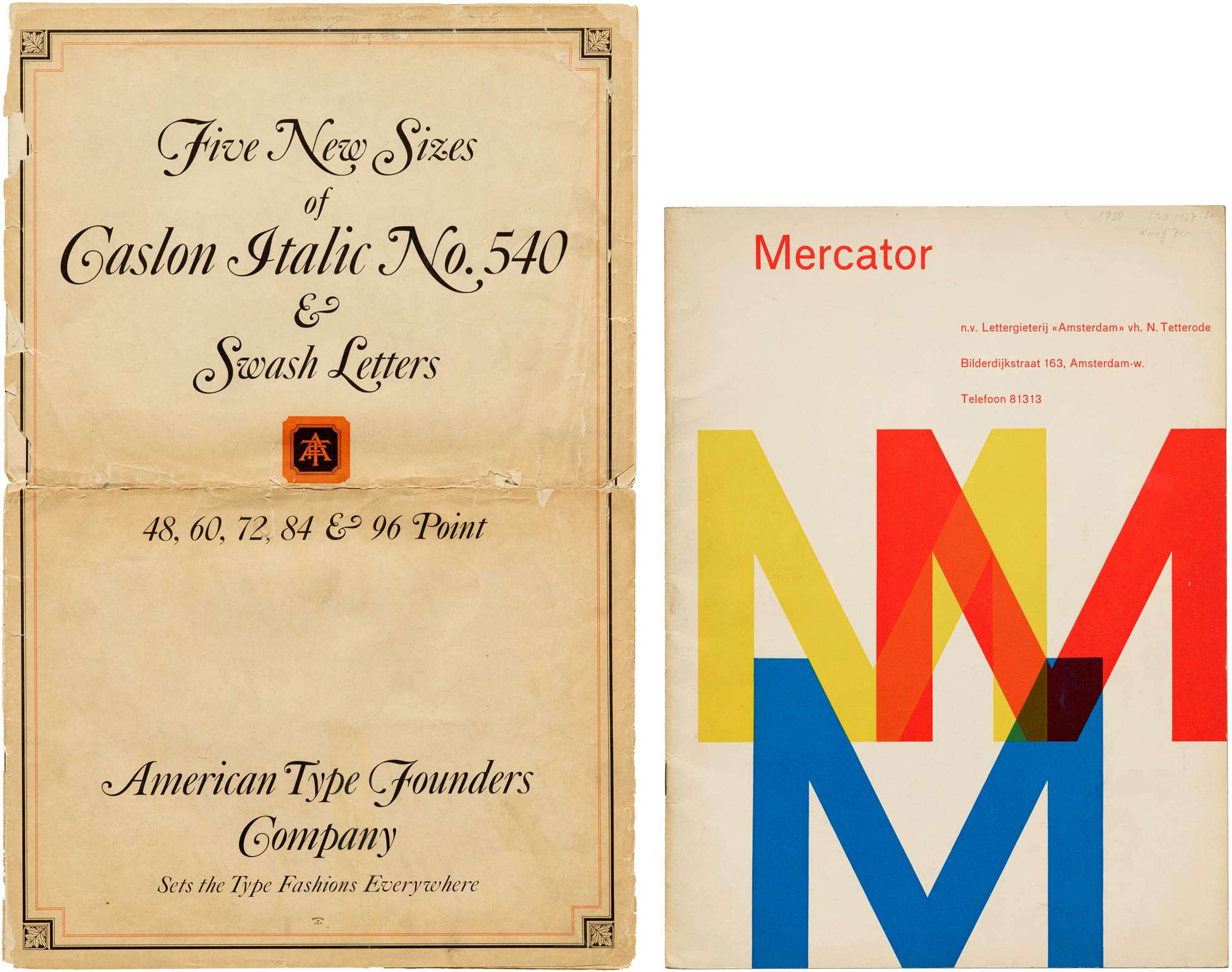
W. A. Dwiggins’s 1943 plea for peace uses his own illustrations and type.
In honor of Earth Day 2017, we bring you this small pamphlet, written and designed by W. A. Dwiggins nearly seventy-five years ago, and published by the Typophiles in 1943. The context for this piece was World War II. Influenced by his Quaker background, Dwiggins created, on more than one occasion, vivid work that advocated for an end to aggression and violence. The message of The Crew of the Ship Earth still resonates today, and it seems appropriate to look again at this tiny pamphlet and appreciate its powerful vision: “… an entirely new mental picture of the world’s population: a picture of all of us together sharing the same needs, the same dangers, the same fate … the same hope … .